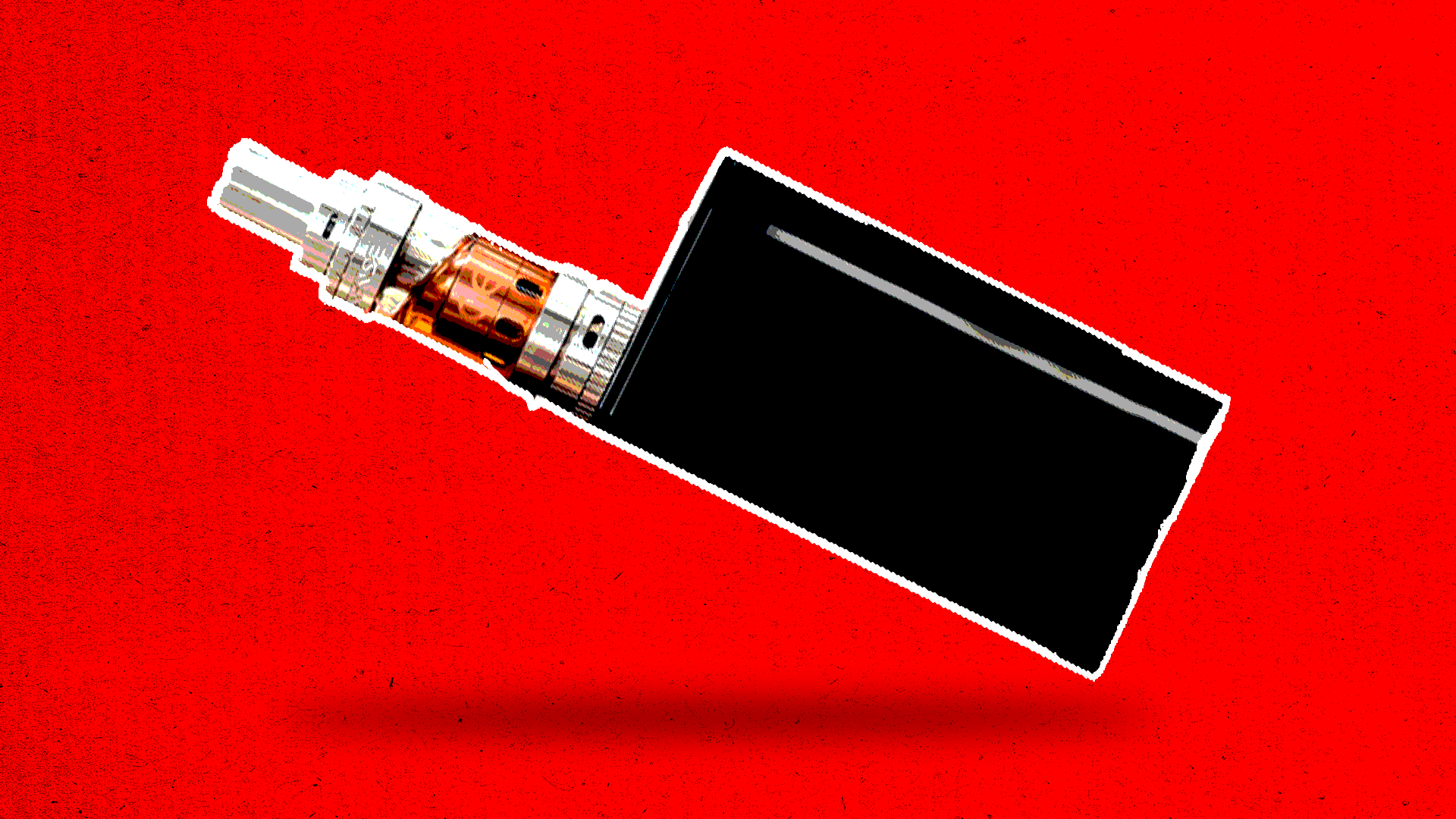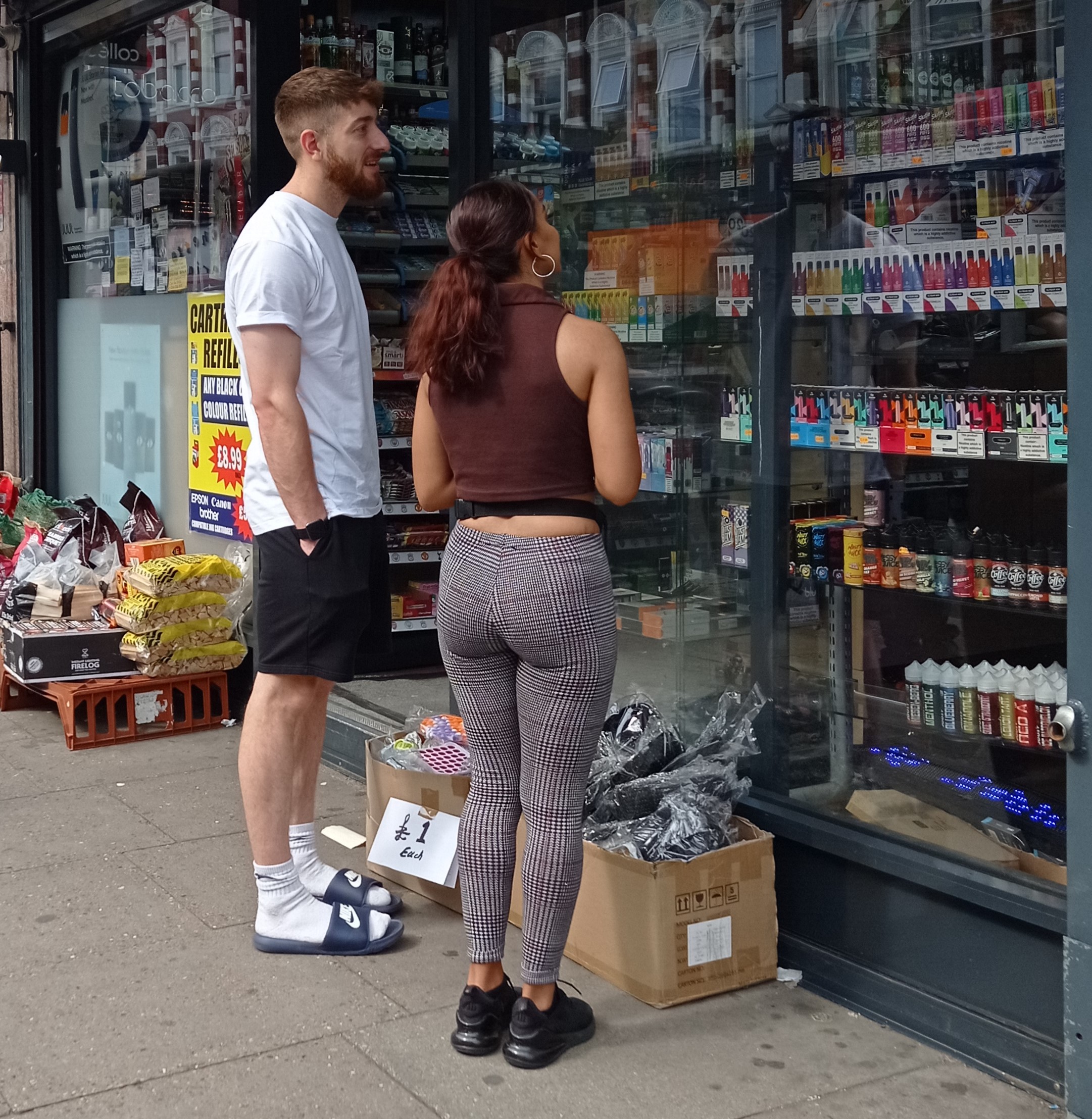We use cookies to improve your experience with Monash. For an optimal experience, we recommend you enable all cookies; alternatively, you can customise which cookies you’re happy for us to use. You may withdraw your consent at any time. To learn more, view our Website Terms and Conditions and Data Protection and Privacy Procedure.
Why vape prescription laws are only part of the solution
Published on September 30, 2024Curbing youth vape use means tackling misinformation spread by Big Tobacco — including the claim, contested by the WHO, that vapes can help people quit smoking.
 Australia’s new vape laws, which take effect from October 1, represent one of many approaches by governments around the globe to curb youth smoking. : Illustration by Michael Joiner at 360info; image via Vaping360 on flickr Free to use
Australia’s new vape laws, which take effect from October 1, represent one of many approaches by governments around the globe to curb youth smoking. : Illustration by Michael Joiner at 360info; image via Vaping360 on flickr Free to use
Curbing youth vape use means tackling misinformation spread by Big Tobacco — including the claim, contested by the WHO, that vapes can help people quit smoking.
Health experts are concerned about a sharp increase in e-cigarette, or vape, use globally over the last few years — especially among young people.
But government attempts to curb vaping tend to attract controversy.
Case in point: Australia’s new vape laws, which take effect from October 1.
The new rules mean adults will be allowed to buy nicotine vapes directly from a pharmacy — no prescription required. (Young people under 18 will still need a prescription to buy nicotine vapes, though.)
The new rules will also require plain pharmaceutical packaging for all vape products; will only allow mint, menthol and tobacco vape flavours to be sold; and will limit concentration of nicotine in vapes sold in pharmacies without a prescription.
The rules have been criticised by some, with health experts concerned that scrapping the need for a prescription for adults will only make vapes more accessible. Others say restricting vape sales could increase the black market for nicotine vapes, although experts dispute that claim, which has been promoted by tobacco companies.
So what could help drive down vape use?
Further regulating media depictions of vapes — which are often positive, as vapes are often promoted as a healthier alternative to cigarettes, or even as ‘quit-smoking’ aids — might help.
Some experts recommend specifically cracking down further on social media ads for e-cigarettes, especially since young people are susceptible to vape marketing by ‘influencers’.
Public health campaigns are also up against powerful misinformation spread by Big Tobacco.
Campaigns could attempt to combat these claims by highlighting, for example, the World Health Organization’s message that there is insufficient evidence vapes help people quit smoking.
Public messaging could raise awareness of the links between increased vaping habits and nicotine addiction among adolescents and children — or the fact that vape aerosols contain dozens of chemicals that can be harmful if inhaled, causing irreversible lung and organ damage.
In this special report, 360info asks the experts about the effects of vaping, the influence of big tobacco and what the future of nicotine consumption may look like.











